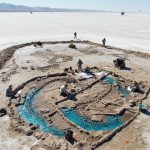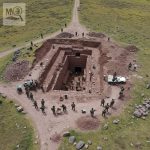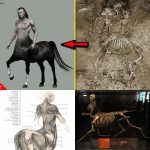Giant Tusks Unearthed in Desert Excavation Shock the World
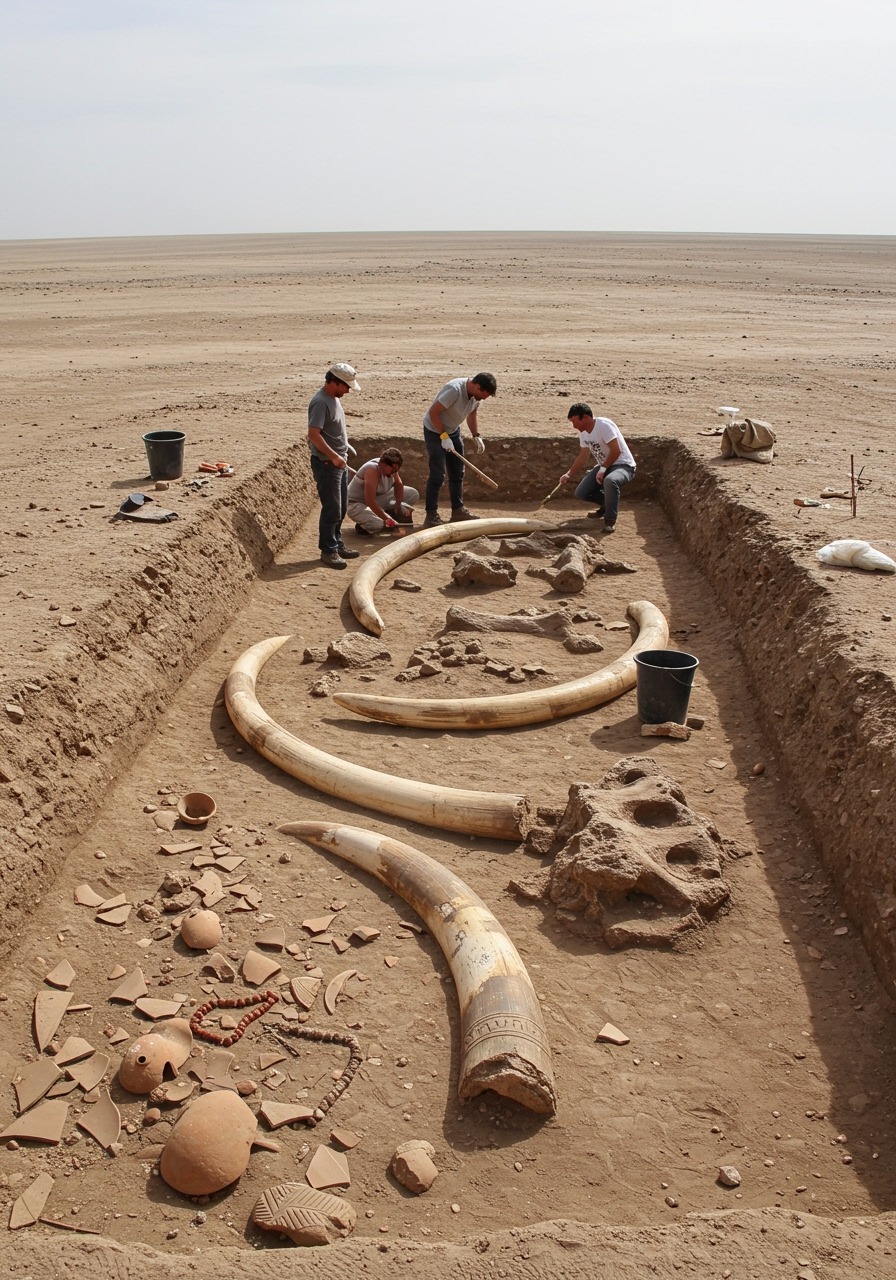
Archaeologists working in the heart of a barren desert have made a discovery that has shaken both the scientific community and the public imagination. Colossal tusks, preserved alongside bone fragments and ancient artifacts, have been unearthed from beneath the sands. The size, preservation, and mysterious context of the find have left experts divided: are these the remains of a long-extinct species of mammoth, or evidence of something far stranger—perhaps even a creature erased from recorded history?

A Discovery of Unprecedented Scale
The tusks, reported to be unlike any previously documented, stretch far beyond the size typically associated with known mammoth species. Their curvature, thickness, and preservation suggest an extraordinary find that may rewrite our understanding of Ice Age megafauna—or introduce entirely new questions. For paleontologists, the discovery represents both excitement and uncertainty. If the tusks do belong to a mammoth species, they may point to a previously unknown giant subspecies adapted to desert environments.
But the excavation has also revealed scattered artifacts nearby, sparking speculation about human interaction. Could these tusks have belonged to creatures hunted, revered, or even domesticated by ancient civilizations? Or are they remnants of a symbolic ritual, buried intentionally by people who associated tusks with power and divinity?
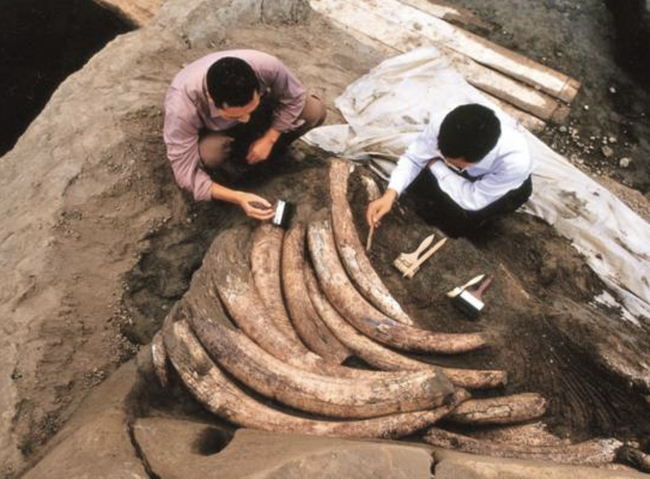
Science Versus Speculation
While researchers call for detailed study, skeptics urge caution. Fossil identification is a meticulous process that requires carbon dating, DNA analysis, and geological examination. Until these results are confirmed, interpretations remain speculative. Some scientists suggest that the tusks may have been transported from another location by ancient people, while others believe they are simply oversized remains of a mammoth species yet to be classified.
Outside the scientific realm, the discovery has fueled myths and conspiracies. Theories abound that suppressed records or hidden archives have long hinted at monstrous desert-dwelling beasts—creatures lost to history but remembered in legend. For some, the tusks are evidence of truths buried not only beneath the sands but within forgotten chapters of human memory.
Cultural and Historical Significance
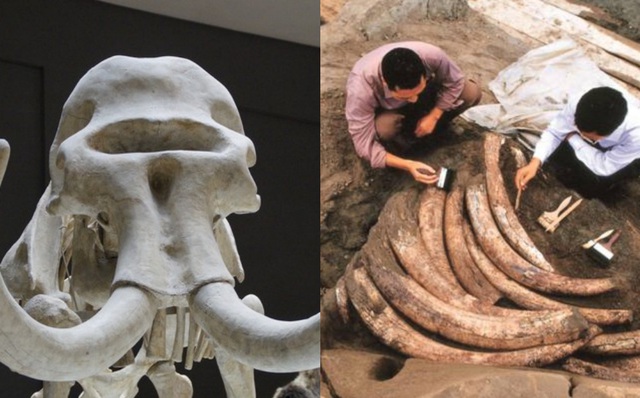
Tusks have long held symbolic meaning across cultures, representing strength, survival, and connection to the natural world. In ancient societies, ivory was revered for both practical and spiritual purposes. The colossal size of these desert tusks raises the possibility that they were central to myths of giant beasts—legends that may have been rooted in real encounters with Ice Age megafauna.
Whether tied to myth, ritual, or survival, the tusks remind us of the deep bond between humans and the creatures that once roamed the Earth. The fact that they were discovered alongside artifacts suggests a cultural dimension that cannot be ignored.
Conclusion
The unearthing of giant tusks in the desert is more than a paleontological puzzle—it is a story that bridges science, history, and myth. While experts debate their origin, the discovery forces us to reconsider what we know about extinct species, ancient civilizations, and the mysteries still buried beneath Earth’s sands. Whether this is a groundbreaking scientific breakthrough or a legend brought to life, the colossal tusks stand as a haunting reminder that history often holds more secrets than answers.
